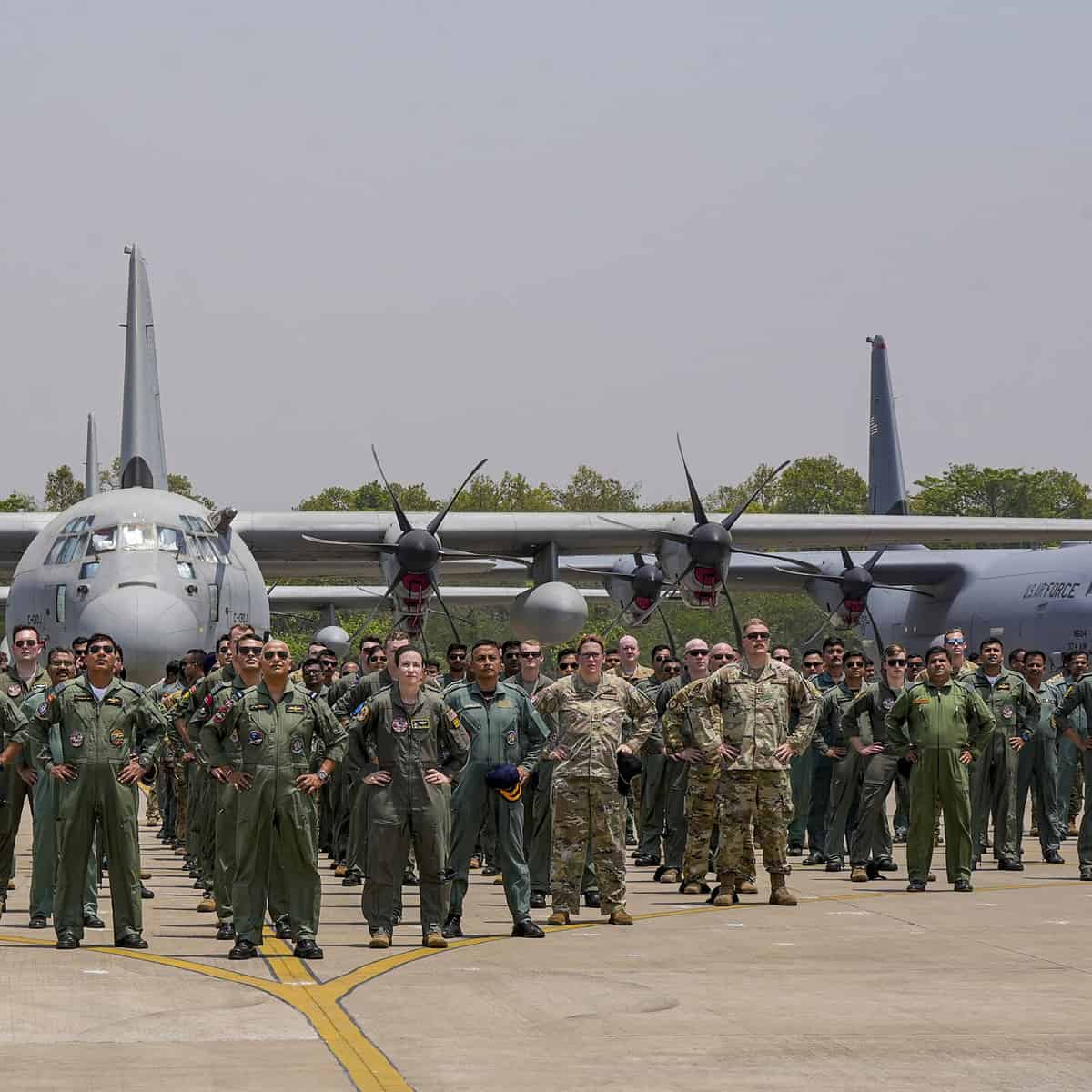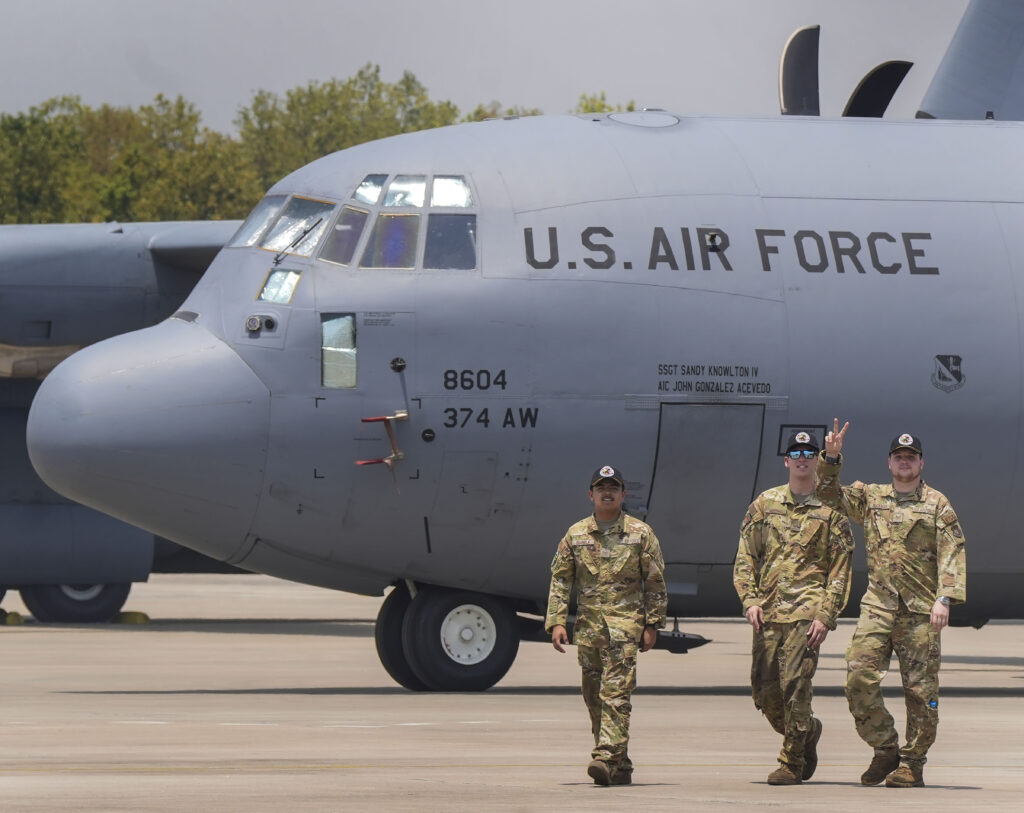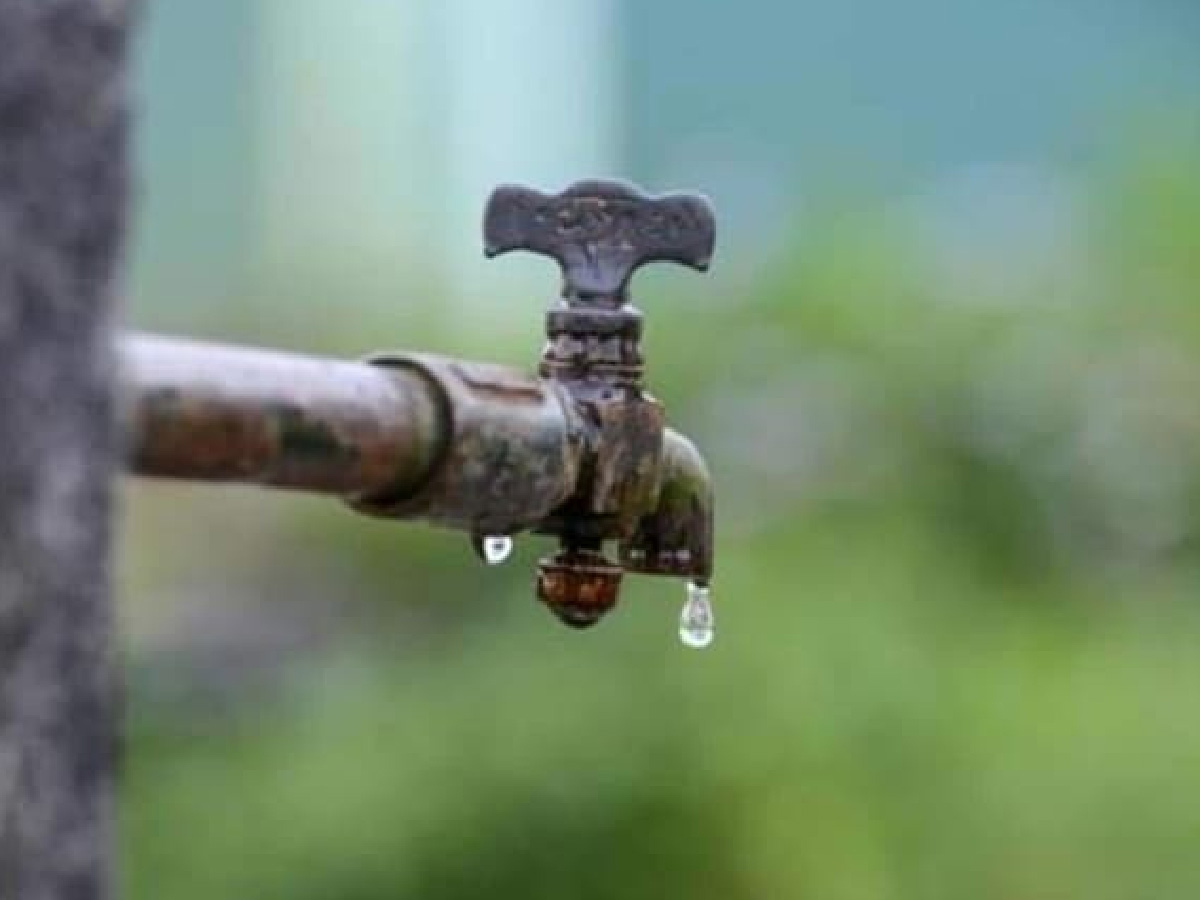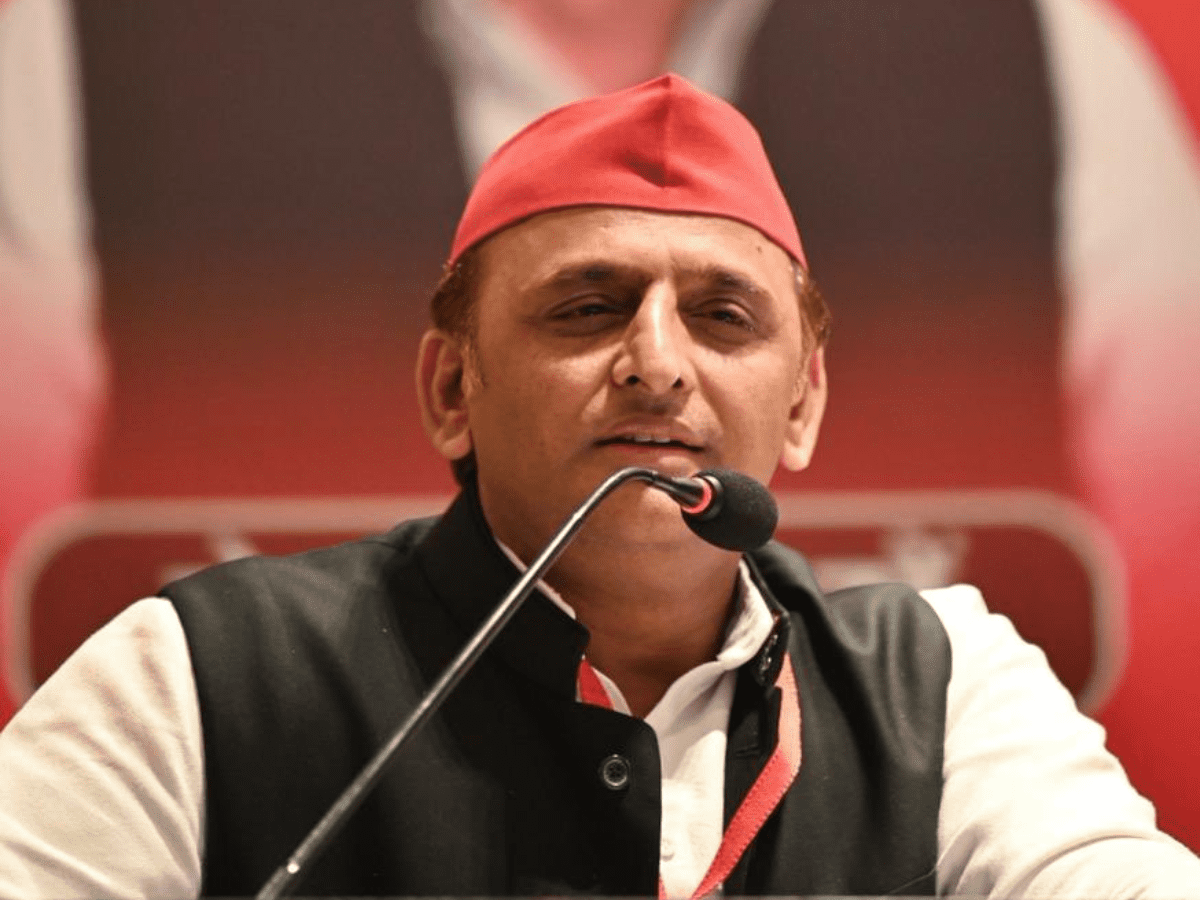[ad_1]
Washington: Reiterating that the United States supports a resolution of the Indo-China border dispute through a negotiated settlement and direct conversations between the two countries, Biden Administration’s point person for South and Central Asia on Thursday said the US sees little evidence that Beijing is seriously approaching these talks with a sense of goodwill.
“Our position on India’s border dispute with China is long-standing. We support a resolution of that border dispute through a negotiated settlement and through direct conversations between the two countries,” Assistant Secretary of State for South and Central Asia Donald Lu told PTI in an interview.
“Having said that, we see little evidence that the Chinese government is seriously approaching these talks with a sense of goodwill. What we see is the opposite. We see provocations that happen on the line of actual control on a pretty regular basis,” Lu said in response to a question.

India, the senior State Department official said, can count on the United States’ standing with India as it faces the challenge of its northern neighbour.
“We demonstrated that resolve in 2020 during the Galwan crisis, and we continue to find opportunities to cooperate with India on information but also on military equipment, exercises and that will go forward into the years ahead,” he said.
A top American think-tank Centre for a New American Security in a report last month said the increased prospect of India-China border hostility has implications for the United States and its Indo-Pacific strategy.
As the United States considers the role that India will play in the Indo-Pacific and how to maximise US-India cooperation to meet security challenges in the region, US policymakers must closely monitor and be prepared to respond quickly to future India-China border crisis, said the report authored by Lisa Curtis who served as deputy assistant to the president and NSC senior director for South and Central Asia from 2017 to 2021 and senior defence analyst Derek Grossman.
The report recommended the Biden Administration that to help deter and respond to further Chinese aggression along the border with India, the United States should elevate Indian territorial disputes with China on par with Beijing’s assertiveness against other US allies and partners in the Indo-Pacific and ensure this is reflected in all national security related documents and speeches.
“Offer India the sophisticated military technology it requires to defend its borders and initiate co-production and co-development of military equipment. Assist India in strengthening its maritime and naval capacity, and conduct joint intelligence reviews with India to align assessments of Chinese plans and intentions along the LAC and enhance coordination with Indian officials on contingency planning in the event of a future India-China conflict,” it said.
It urged the US to establish or support an official or unofficial organisation charged with collating unclassified commercial satellite imagery on the position of PLA troops along the LAC and disseminate these images routinely for public consumption. “Criticise Beijing’s efforts at land-grabbing in multilateral forums, including the UN, Shangri-La Dialogue, G20, and East Asia Summit.
Message Pakistan and enlist help from Islamabad’s other important partners to convey similar points about the need to stay neutral in the event of a potential future India-China border flare-up. And be prepared to extend full support to India, in the event of another border crisis or conflict,” recommended the think-tank in its report.
[ad_2]
#evidence #China #approaching #India #talks #sense #goodwill
( With inputs from www.siasat.com )
















